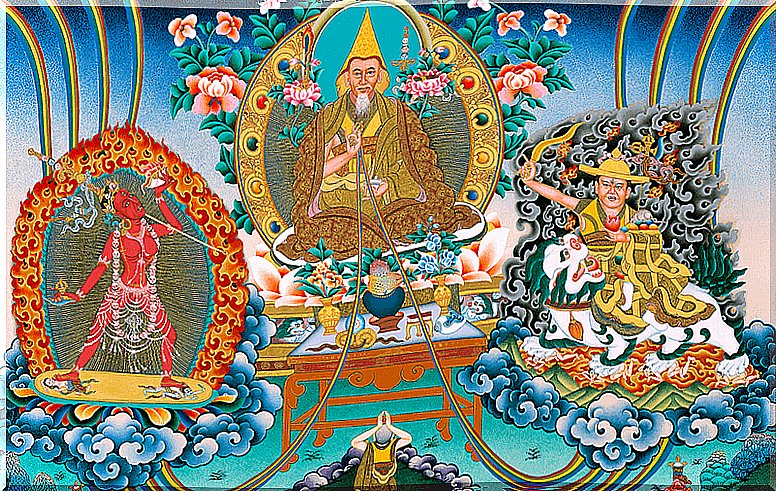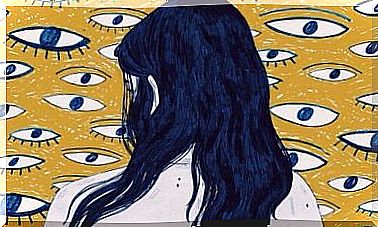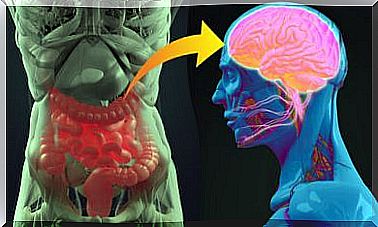The Relationship Between The Ego And Buddhism
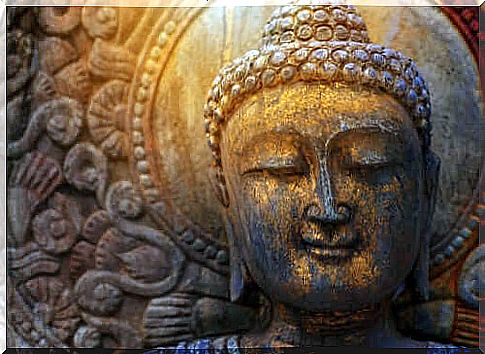
Ego and Buddhism are two inseparable terms . For those who want to learn about Buddhism, one of the first topics is that of the ego. For those who want to work on their ego, one of the deepest philosophical and psychological currents that they will find is Buddhism.
But what is the difference in point of view between Buddhism and the other major religions when it comes to the ego? It is mainly the absence of its inherent existence. In other words, for Buddhism, we do not exist as we seem to do. Interesting, isn’t it?
Much of Buddhist knowledge centers on dethroning the ego from its position as king. Some believe that the ego must be destroyed, but this is not completely true.
The ego currently occupies a central position that controls and dominates our life. Buddhism advises to put him in the position of minister or counselor. It is indisputable that we have a name, beliefs, customs, etc. On the other hand, if the ego dominates us, we will make it a fixed identity. However, if we put it in the right position, we will be people more devoid of conditioning, and therefore happier.
What is the ego? What is its relationship with Buddhism?
From our birth, our ego begins to germinate. Everything we are and everything we identify with forms our ego. Our nationality, our name, our membership in different groups, our beliefs, etc., all of this forge our identity. We accumulate all this information through our memory and we make it our “I”. However, Buddhism tells us that is not exactly the case.
According to Buddhism, the ego is the misconception of the “I” as an entity that exists on its own. This is the idea of the inherent nature of the ego. It would be the vision of the “I” held by a mentality which has not understood the concept of emptiness. What is emptiness? It is the inherent lack of existence of all phenomena.

As Zen Buddhist master Linji said to his disciples: “My friends, make no mistake about it. Not all phenomena, whether ordinary or extraordinary, have their own nature. All phenomena are unborn and therefore are pure designations, empty names. The expression “pure designation” is in itself empty. Why do you take the name to be the truth? If you do, maybe you are wrong? ”
If this is the first time you are new to the concept of emptiness, you may have a little trouble understanding it. Studying the relationship between the ego and Buddhism is an adventure that invites us to discover new terms and to change or clarify a little the meaning of certain words that we already know. We will therefore be interested in the ego to better understand these two concepts.
In search of the ego: where is it? Who am I ?
- Is the ego in my name? The answer is no. I could call myself a different way and it wouldn’t influence my way of being
- Is he in my nationality? It is not either. I could have been born in one country or another
- Is he on my mind? Here, the situation is complicated … Many claim that we are what we think because our thoughts are born our actions. However, today I can think one thing and tomorrow another. Therefore, a thought can be more or less lasting, but I am not that thought. How many times have we changed our mind? How many times have we thought that we are not worth much, but that our environment makes us see and believe otherwise?
- Is he in my actions? We do not always take the same actions. Indeed, we can make mistakes and learn. We can repeat the same action over and over again, but we also have the potential to change our behavior. So there is no inherent action that defines us because it too is variable
- Is it in my culture or in my society? I could have been born in one culture or another. It’s a coincidence. In addition, despite our culture, we also have our own way of being, our own way of thinking. When we travel, read, meditate, study … there may be a change in us that alters our social and cultural conditioning.
- Is it in my body? What part of my body is the ego in? Am I my own body? If one day I have an accident and my legs are gone, is it still me? In principle, yes, but without legs. The ego is not supposed to change even if the person no longer has legs. So it’s not in my body either
- So where is my ego? Who am I ?
Ego and attachment, what link with Buddhism
As the Indian sage Shantideva says in the book Bodhisatvacharyavatara: “ When ordinary beings perceive phenomena, they regard them as real and not illusory. This is what meditators and ordinary people disagree on. ” So, little by little, we understand the concepts more exactly of Emptiness and Ego.
The relative and the absolute
If we look at a table, we can think: “This is a table”. Two levels of analysis come into play. The relative level and the absolute level. On a relative level, we can say that yes, we have a table in front of us. At the absolute level, the discourse changes.
If we take a close look at the table, we can start breaking it down. It is simply four feet holding a plank. If we take the table apart, where is the table? There is no more table. If we put the pieces together again, in theory we have the table again.
This example shows that the set of four legs and a board placed and mounted in a specific position is given the identity of a table. But it’s still four feet and a plank. And this simple example is applicable to the ego. When we perceive ourselves in a static and unchanging form, we cling to our ego.
In other words, we get attached to it. Ego and attachment go hand in hand. For example, we often hear people say “I am like that”. This indeed demonstrates how little awareness of change we all have.
When we become attached to the ego, our unyielding identity is born with few possibilities for change. However, everything changes. When we free the mind from a static identity, we are open to change and to external circumstances. In this way, the intensity of our suffering decreases.
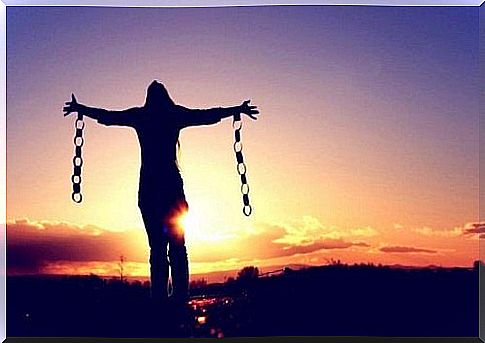
Ego, selfishness and egocentricity
Another important aspect is that selfishness and self-centeredness arise from the ego. When we perceive the world from our static ego, we want everything that happens to match our expectations, with the expectations we have of what should happen. “ I am like that and things should be as I think they should be”. From the ego is born egocentricity.
In other words, everything must be as I believe it should be. If something is different from my expectations, I suffer, I get angry, anger manifests itself, etc. In addition, selfishness appears, that is, in our mind map we become the Sun. We see everything around us as elements revolving around us.
The theory of Enrique Martínez Lozano
As psychotherapist, sociologist and theologian Enrique Martínez Lozano says : “The vine and the branches, the tree and the branches, are they one or two? A branch can rightly say: “ I am a branch”, and also: “I am a tree ”. The tree and the branches are neither one nor two; they are “not two”.
Martínez Lozano also postulates that “given the inability of the mind to understand the ‘not-two’, if one wants to access non-duality, it is necessary to silence the mind, passing from“ thought to attention ”. We understand then that “separation is only a mental creation”, and that “nothing is separated from nothing”.
What does Martínez Lozano want to tell us? He explains that the ego perceives everything separately: “Me and the others”. While in reality there is no observer, no observing action, no observed object. Everything is consciousness, but because of our thoughts, we would contaminate our perception of reality.
In this way, due to all of our thoughts and conditioning, we perceive the world from an Ego that we have created little by little. But it is an artificial ego. It is therefore an ego that does not exist as such. However, it forms a set of multiple aspects which, moreover, can all change.
The ego and Buddhism: final reflection
Antonio Blay commented: “ There is only one Reality. We do not live it directly, but we live it through the mind, and the mind divides it. When he sees her inside, he calls her “me”; when he sees it outside, he calls it “world”; and when he sees her above, he calls her “God”.
Faced with this, Martínez Lozano gives us a clue. “Try to let go of the constriction that caused you to lock yourself in or shrink into your mind. Who are you when, instead of thinking about yourself, you are just taking care of yourself? Your Self was born from the mind. Silence the mind and you will notice how the I dissolves ; it was only a form ”.
Ego and Buddhism, without a doubt, are two concepts that go hand in hand. If we want to deepen these concepts, we will discover new horizons in our life. For example, we will have a new way of relating to ourselves and to others. Thus, we will consider a way to know each other in a different, new and enriching way.
